The Independent's journalism is supported by our readers. When you purchase through links on our site, we may earn commission.
Why you need to visit Menorca now
The most low-key of the Balearic islands has remained relatively unscathed by mass tourism, and it offers a glut of culture, cuisine and stunning landscapes to explore, says Hugo Valentine. Join the conversation on Twitter using #MustSeeMenorca
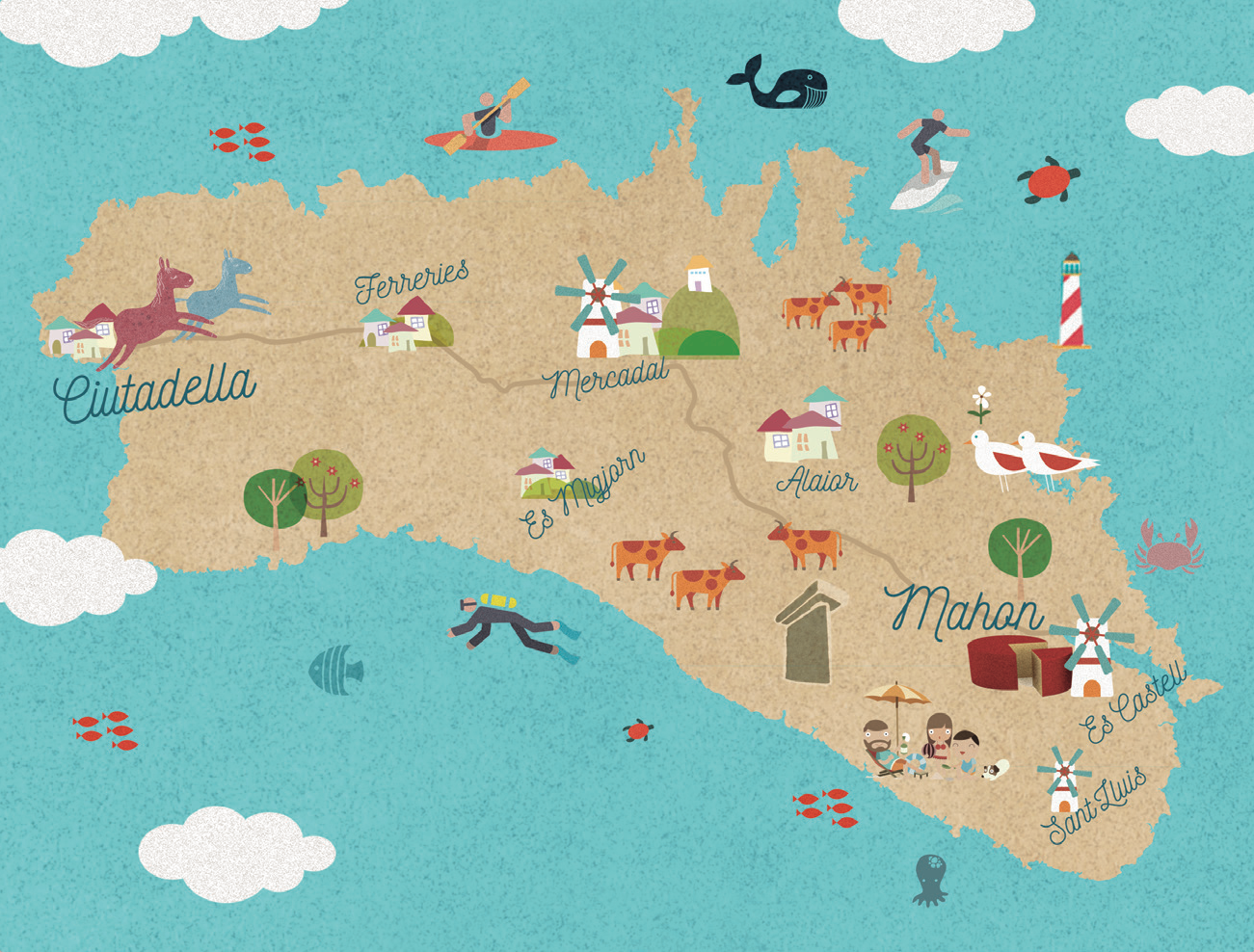
Your support helps us to tell the story
From reproductive rights to climate change to Big Tech, The Independent is on the ground when the story is developing. Whether it's investigating the financials of Elon Musk's pro-Trump PAC or producing our latest documentary, 'The A Word', which shines a light on the American women fighting for reproductive rights, we know how important it is to parse out the facts from the messaging.
At such a critical moment in US history, we need reporters on the ground. Your donation allows us to keep sending journalists to speak to both sides of the story.
The Independent is trusted by Americans across the entire political spectrum. And unlike many other quality news outlets, we choose not to lock Americans out of our reporting and analysis with paywalls. We believe quality journalism should be available to everyone, paid for by those who can afford it.
Your support makes all the difference.
Somewhat overshadowed by its Balearic bohemian sister, Ibiza, and larger, family-friendly Mallorca, the island of Menorca has been allowed to develop at its own pace – a gradual process that is now recognised for the blessing that it is. Thanks to a far-sighted decision made during the 1970s heyday of the package holiday, to resist the sort of intense developments that edge some parts of coastal Spain, Menorca has managed to retain its own unspoilt identity. It’s almost a well-kept secret.
Menorca deserves to be more widely celebrated however. Thanks to a family connection, I have been coming here for each of the past 18 years, and something must be drawing me back. If I had to pick one word it would be relaxation; Menorca is a holiday in the true sense of the word, whether by way of its laidback lifestyle, or the wealth of outdoor attractions: from sailing and kayaking to walking and swimming – or just lying on the sort of white sandy beaches more associated with the Caribbean. In fact, although only a fifth the size of Mallorca, there are plenty of beaches dotted along its 200km shoreline.
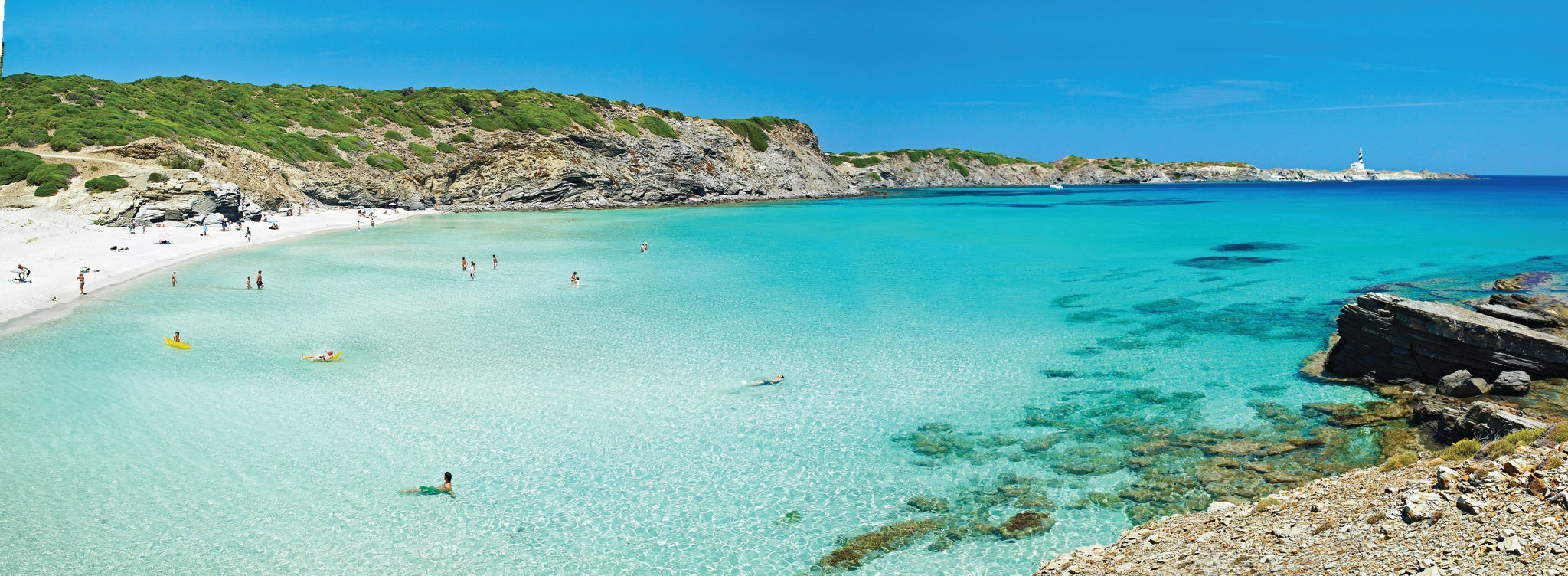
With a flight time of as short as two hours from the UK, this is an idyll that is well within the British grasp. And once, the island was literally within British clutches – thanks to the Royal Navy coveting Mahón (also called Maó), with the deepest natural harbour in the Mediterranean.
Perhaps it’s the almost subliminal way in which the 18th-century British rulers left their mark – from the sash windows in the town houses of Mahón to the local production of gin – that has drawn British holiday makers to the island. Although, admittedly, in recent years I have heard more and more Italian and French voices. Word of Menorca’s charm is spreading.
Richard Kane, Menorca’s enlightened first British governor, created a road to link the cities of Mahón, on the eastern edge, and Ciutadella, 50 kilometres away on the west. Governor Kane’s road – or the Cami d’en Kane – is little more than a rural byway now, long superseded by a fast, modern highway (the ME1) that splits the island in two – as does Menorca’s geology, between the ancient top half of red sandstone, and its limestone southern half. The south coast, with its white sand and transparent azure seas and more protected climate is popular with bathers and sun-seekers, who either flock to ready built resorts such as Cala Galdana (located in a stunning natural area), or are prepared to do some legwork and hike down to idyllic pine-backed coves such as Cala Macarella and Cala en Turqueta.
The north coast is more rugged, and its beaches far less populated. You will need your own transport to reach most of them; a few are best approached by boat. Luckily, companies offer day trips, usually with a paella lunch – cooked over an open fire on the beach. The bay of Fornells is shallow and provides an ideal spot to learn to sail or windsurf. I spent a week getting to grips with a dinghy which regularly deposited me in the water. Fortunately the water was so warm, it didn’t matter.
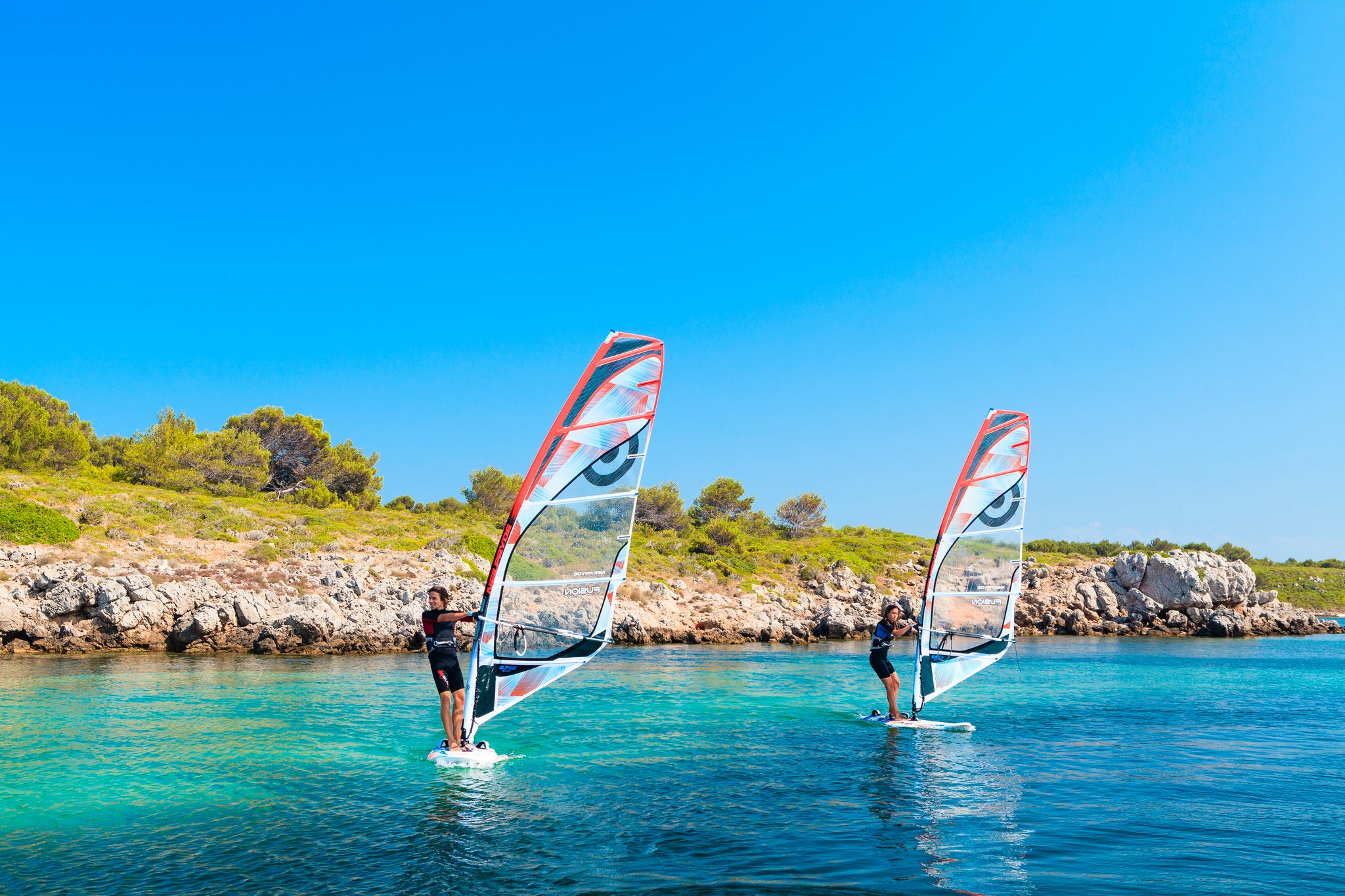
Beach life isn’t the only way to enjoy Menorca’s beautiful coastline. The Cami de Cavalls is a path that encircles the island, and a few companies offer guided ambles along stretches of the path. In spring, the wildflower display can be spectacular – the plant life behind Es Grau for example (as I discovered one Easter), if presented in miniature at the Chelsea Flower Show would run away with a gold medal. Indeed, the entire island was designated a Unesco biosphere reserve in 1993.
The Cami de Cavalls translates as the ‘path of the horses’ – and equestrian pursuits are plentiful, with various local stables offering horseback treks and excursions. Horses hold a special place in the life and mythology of the island – around fiesta time especially – where the galloping and rearing black Menorquina horses are a central part of the celebrations (as is pomada – the lethally innocent-seeming Menorcan mix of gin and lemonade).
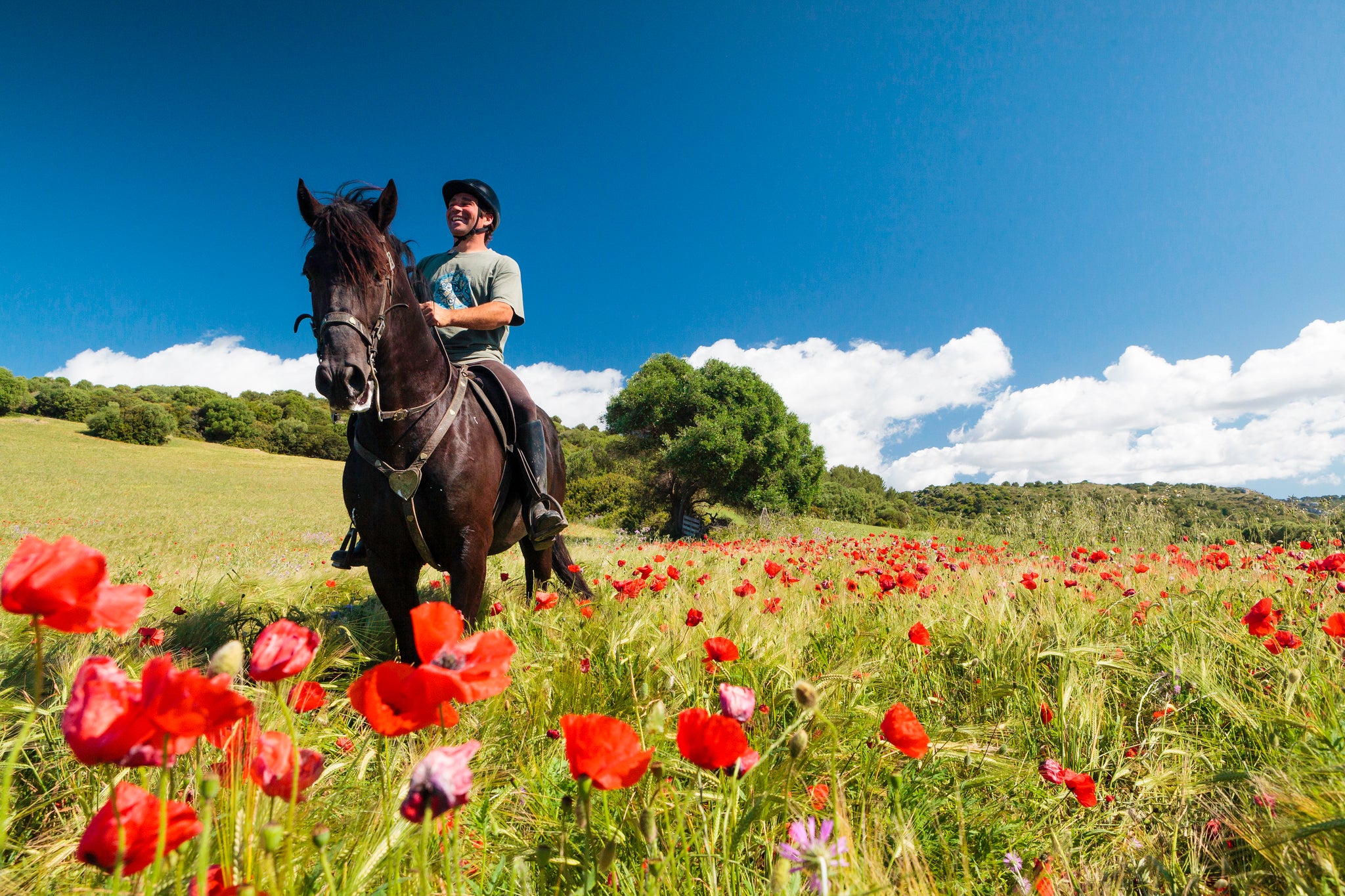
Away from the coasts, Menorca is still intensely rural, with small fields enclosed by dry stone walls and the distinctive wooden Menorcan gates, where Friesian cows (another British import) provide the milk for the prized local cheese.
The island is abundant in both restaurants offering competitively-priced daily menus and – increasingly – with fine dining destinations.
The south east of the island, around Sant Lluis, is especially well-endowed with these, with agritourism hotels offering adventurous cooking. See the section on Gastronomy in three weeks for further details.
The south east of the island, near the airport, is also home to many mysterious prehistoric mounds and settlements. These were built by the Talayotic people, whose culture existed from about 1500 BC to the coming of the Romans in 123 BC, and who owe their name to their Talayots, cone-shaped stone structures, which were possibly watchtowers.
Some two millennia later and the British left their considerable stone remains, chiefly Fort Marlborough at the entrance to Mahón harbour. This subterranean fortress, built by the Royal Navy between 1708 and 1726, was named after John Churchill, the first Duke of Marlborough.
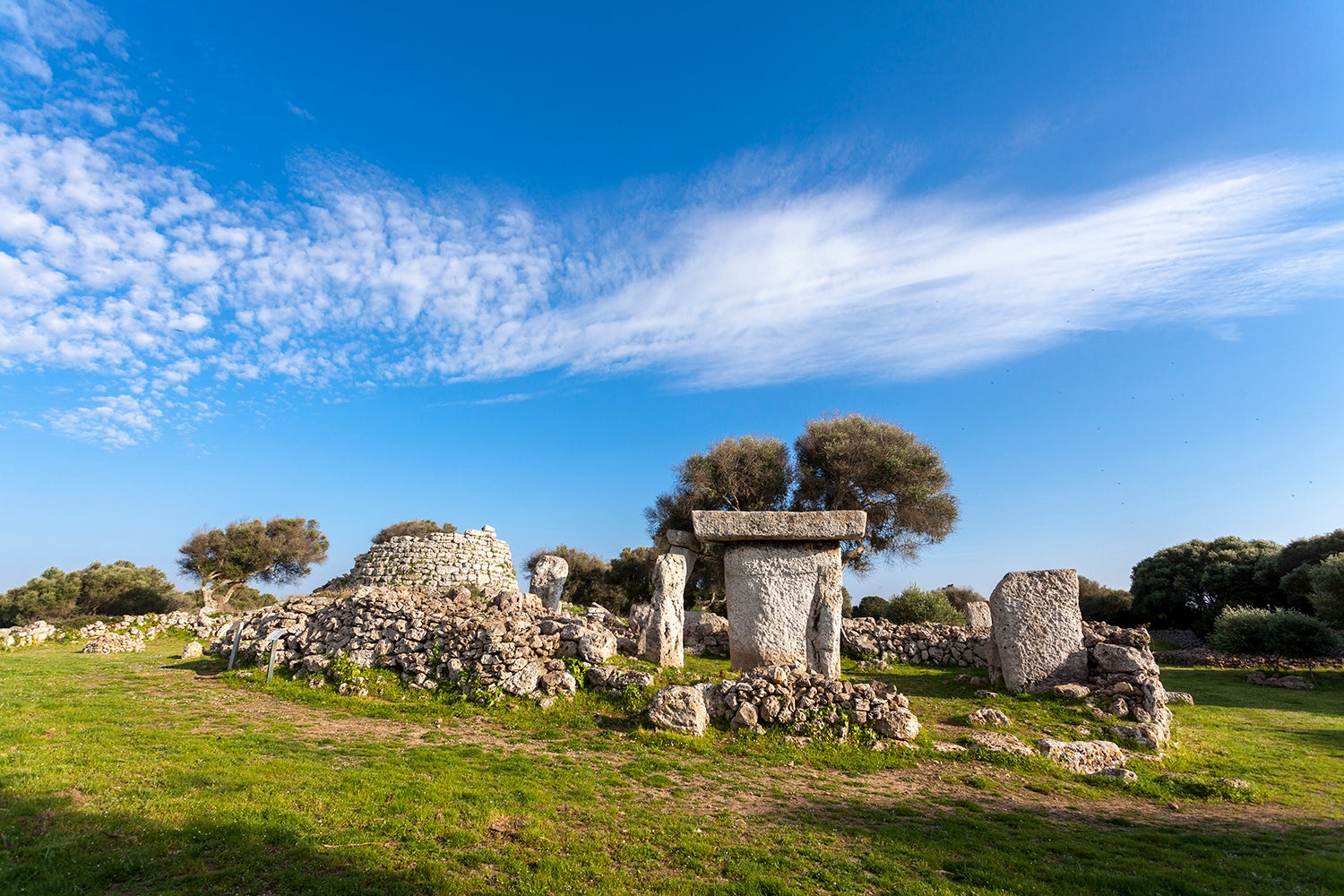
With its strategic importance to the Royal Navy, Mahón was developed by the British, while the Spanish grandees and the Church decided to remain in the former capital of Ciutadella, which remains to this day more medina-like and Moorish in flavour. The local fiesta at the end of June is considered the most exuberant on the island.
Holiday accommodation on the island ranges from villas to apartment rentals, bijou farmhouse B&Bs to ritzy new hotels – and more than one of the latter harks back to the days of colonial reign, such as the adults-only hotel named after Admiral Nelson’s lover the Lady Hamilton, or the rejuvenated Collingwood House, former home of Nelson’s second-in-com-mand (and, some say, the true hero of Trafalgar) Admiral Collingwood.
The climate is typically Mediterranean, but thanks to the sea breezes, rarely stifling. July and August generally boast cloudless skies; on rare overcast days, Menorca’s micro-climates can mean one half of the island is grey while the other might be basking in sunshine.
A tip from my sun-worshipping brother-in-law is to head for the 342-metre Monte Toro, the highest point on the island. From the summit you can see which parts of Menorca are being favoured at that moment.
There’s also a nice cafeteria up there, so you might ponder the day’s itinerary over a breakfast of ensaimada (the lard-baked spiral buns that Menorca is famous for) and coffee. Enjoy.

FIVE THINGS TO SEE
Fort Marlborough: Built by the British from 1708 to protect Mahón Harbour, tours of this labyrinthine structure include figurines, explosions and a running commentary.
Parc Natural S’Albufera des Grau: The protected nature reserve around this inland lagoon – home to many species of wetland birds – provides the nucleus of Menorca’s Unesco Biosphere Reserve.
Naveta des Tudons: Menorca has an abundance of prehistoric remains, including the best preserved burial chamber on the island, built around 1000BC.
Old Ciutadella: Elegant pink-tinged sandstone mansions and palaces, a beautiful cathedral and an ornate 19th-century theatre are among the many building jostling for your attention in the streets around the Placa d’es Born.
Mahón Harbour: Take a glass-bottom boat ride round Mahón’s harbour – the second deepest in the world after Pearl Harbor in Hawaii – and get the best view of the city: from the sea.
FIVE FACTS
Mayonnaise is named after Mahón, created by a chef for French forces that were besieging the port in 1756. Discovering the island lacked cream, he made a similar substance with eggs and olive oil. The rest is gastronomic history.
Thanks to the thirst of 18th-century British sailors garrisoned in Menorca, enterprising locals began to grow juniper trees and distil their own gin. The Destilerias Xoriguer still makes it today.
Menorcan sandals are world-famous, being sold in the UK by the likes of Office and Topshop. Made of leather and recycled rubber, their Spanish name is the avarca.
Menorca is the most easterly part of Spain, and on a similar latitude as the far south of Italy.
Ciutadella is closer to neighbouring Mallorca than Mahón on the other side of the island: there is only 43 kms between the coast of each island, whereas there are 47 kms between either end of Menorca.
How to Get There
Get direct flights from London Gatwick and Luton (Easyjet and Monarch), East Midlands (Ryanair), Leeds and Birmingham (Monarch)
Join our commenting forum
Join thought-provoking conversations, follow other Independent readers and see their replies
Comments